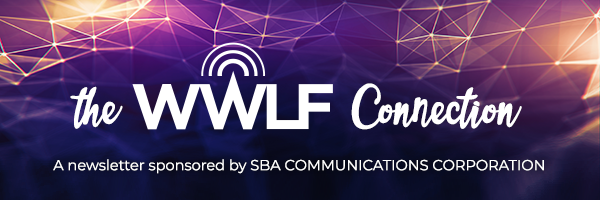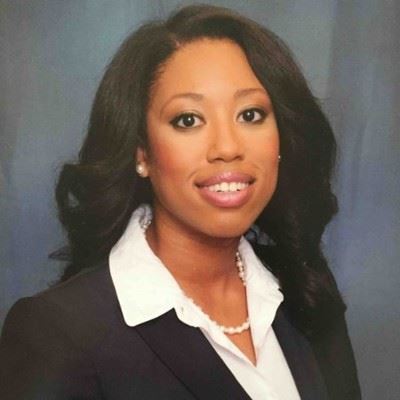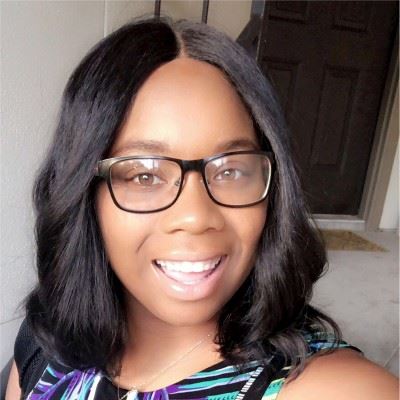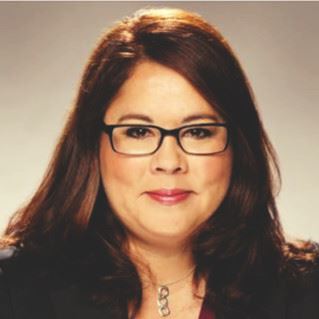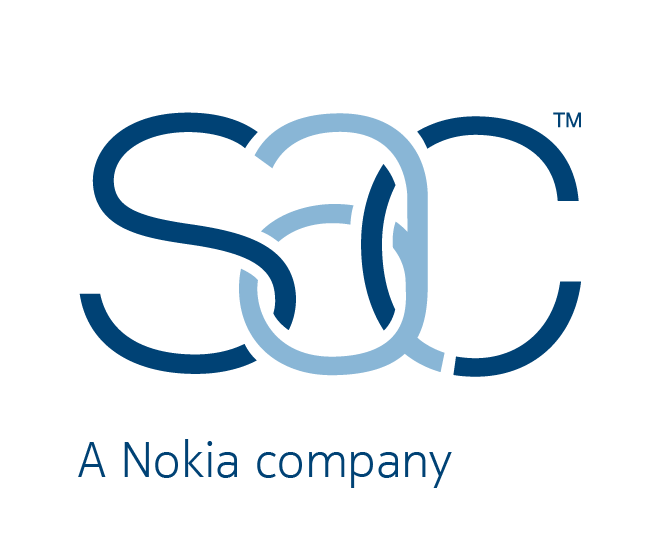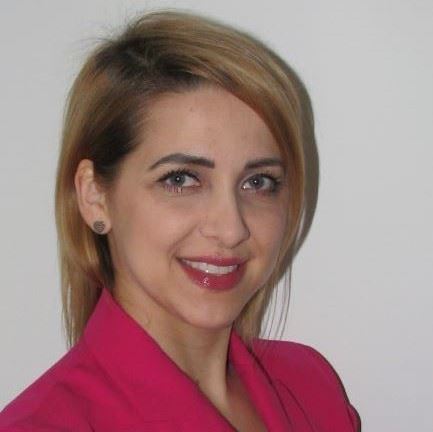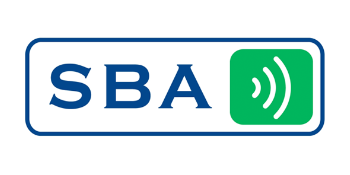In our last series on job searches,
we talked about writing a “sizzle” letter to sell your skills. In this new two-part
series, we’re going to explain how to do that.
This month we’ll discuss the
practical how— the techniques you can use to best position yourself as the
expert you are. Next month, we’ll talk about the emotional how—what you can do
to combat the impostor syndrome that rears its head as you’re trying to promote
yourself.
“To position yourself, you
want to craft a story,” says Marcella Allison, an entrepreneur, mentor, author,
and A-level copywriter. “But it isn’t fiction. You've got to have the best
facts and evidence in your story. And you need to have a clear, logical
conclusion.”
Allison’s sales letters have generated
over $100 million for her clients, so she understands the art and science of successful
sales letters. She’s also the founder of the Titanides, an all-female mentoring collective devoted to
helping women succeed in business.
Before you can craft your story, though, you need to think about who you're telling it to.
Understand your audience’s
story
It’s a fundamental truth in
advertising and sales: You need to know who your audience is. You also need to
know what they care about. (Hint: it's themselves.)
When you apply for a job,
your main audience is the hiring manager. They have a problem: they’re
understaffed and it’s causing them headaches trying to pick up the slack.
Maybe
they’re working later than usual. Maybe they’re burdening their team and it’s
causing stress and resentment. Maybe they’re missing deadlines and ticking
people off. Maybe all of the above.
So, yes, they’ve posted a
wish list of skills they want in a candidate. But what do they really want?
What they really want is
someone who can solve their problem.
Think about why this position
is open and the pain it might cause the hiring manager. And then think about
how you solve that pain for that person.
Own your own story
Spend time on this one. In
fact, it’s a good idea to do this even if you aren’t looking for a job right
now.
“Think about the story you
want to construct from your past experience,” Allison explains. “If you don't
have the story in your mind—what you want them to understand about your
background—they’ll make up their own story. You have to be in charge of your
own narrative.”
“I’ve changed careers a lot,”
shares Allison. “When I went from working for a contemporary art gallery to
becoming a venture capitalist for early stage investing, I had a narrative. It was
‘I’ve worked with artists and creators. Their pieces were their babies. I
handled all the finance and explained the money to them. Your founder is no
different than those artists that I worked with. He's passionate about his creation.
That's his baby. He doesn't really understand the math of how this venture capital thing works. I
translate finance for creators all day long and get them on board. I’m going to
do the same thing with your entrepreneurs.’
And when I went from venture
capitalist to writing for an options trader, I had a new narrative.”
Allison advises making a list
of everything you can say about everything you’ve done. Then take that list and
construct it into a story that you control.
“Putting yourself in control
of your narrative lets you shape your experience to get you where
you want to go next,” Allison explains.
She also advises not getting
caught up in titles. “This happens all the time. Someone will say to me, ‘But
I’ve never been a project manager!’ And I’ll say 'But didn't you organize that
Memorial 10K run that had 15,000 people running and raised a million dollars for
breast cancer research?’” she says. “That’s project management!”
Think about the skills you
want to showcase. Then ask yourself when in your life you’ve used those skills.
Properly position your
experience
“Women, in general, don’t
quantify our successes as often as men,” says Allison. “We don’t specify how
much money we've saved. Or how many projects we've led. Or how many employees we've mentored. But, when you think about it, it’s easier to talk about
specifics because they’re facts. There’s no debate about facts, there’s no
judgement.”
Well, almost no judgement.
“Unfortunately, women can
sometimes face blow-back if they’re perceived as too braggy or aggressive,” explains Allison. “My favorite tip to
counteract that is to balance a first person statement with a third person
statement. For example, ‘I led a 10-person team on a $3M contract. The project
was completed on time and under budget.’”
It’s a tricky balance for
women to master. As a result, women often end up downplaying their roles. “So we
give credit to everyone else and underestimate our impact. But this is not the
time to be a shrinking violet,” Allison explains. “You didn’t need to do 100%
of the work with no help at all to say you did it. You need to be able to tell
the part you played.”
Why is this so important?
Because the people looking at your cover letter read your words with a
different filter. If you led a team that did XYZ but write down “I was part of a team that did XYZ”, their reaction will be: “She’s not ready
yet...I need someone who’s actually led XYZ.”
“They aren’t going to work to see your real expertise hiding under your humbleness,” says Allison.
Which ties back to a basic principle of sales writing: Never make your audience to do the work.
Connect all the dots
You know your hiring
manager’s pain. You know how you solve it. You have the facts to back it up.
Now what?
“You tie your stories
together. Then you tell them what to think about those stories,” explains
Allison. “Just like with your narrative: if you don’t direct the conclusion,
the reader will make their own assumptions. If you don’t tell them how to
connect the dots, they might not.”
Or they might connect them in
a way you didn’t expect.
“I know it seems ridiculous
to explain what seems so obvious,” says Allison. “But think about the person
with all the resumes on their desk. They’re overwhelmed.” If they must work
to figure out the connection between your story and theirs, you may lose their
attention…and your opportunity.
While writing your story
takes time, it’s worth it. And don’t limit your story to helping you get the
job you want. Your new narrative will work on your LinkedIn profile and bio. You
can condense it down to an answer to the question “So what do you do?” You can
make your story work for you anywhere.
“Humans are hardwired to
listen to and retain stories,” Allison concludes. “When you can tell your
story, you immediately make yourself more memorable.”
To hear more of Marcella’s
insights into women’s success, check out her book “Why Didn’t Anybody Tell Me this Sh!t Before?
Wit and Wisdom from Women in Business” and
her special report “The Sexist Secret to Succeeding as a Woman in
Business.”
